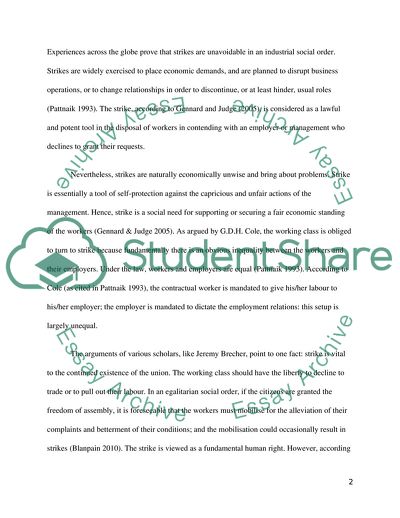Cite this document
(A Distinctive Look at Unionism and Strike Action Essay, n.d.)
A Distinctive Look at Unionism and Strike Action Essay. https://studentshare.org/visual-arts-film-studies/1764738-employee-relations-strikes
A Distinctive Look at Unionism and Strike Action Essay. https://studentshare.org/visual-arts-film-studies/1764738-employee-relations-strikes
(A Distinctive Look at Unionism and Strike Action Essay)
A Distinctive Look at Unionism and Strike Action Essay. https://studentshare.org/visual-arts-film-studies/1764738-employee-relations-strikes.
A Distinctive Look at Unionism and Strike Action Essay. https://studentshare.org/visual-arts-film-studies/1764738-employee-relations-strikes.
“A Distinctive Look at Unionism and Strike Action Essay”. https://studentshare.org/visual-arts-film-studies/1764738-employee-relations-strikes.


